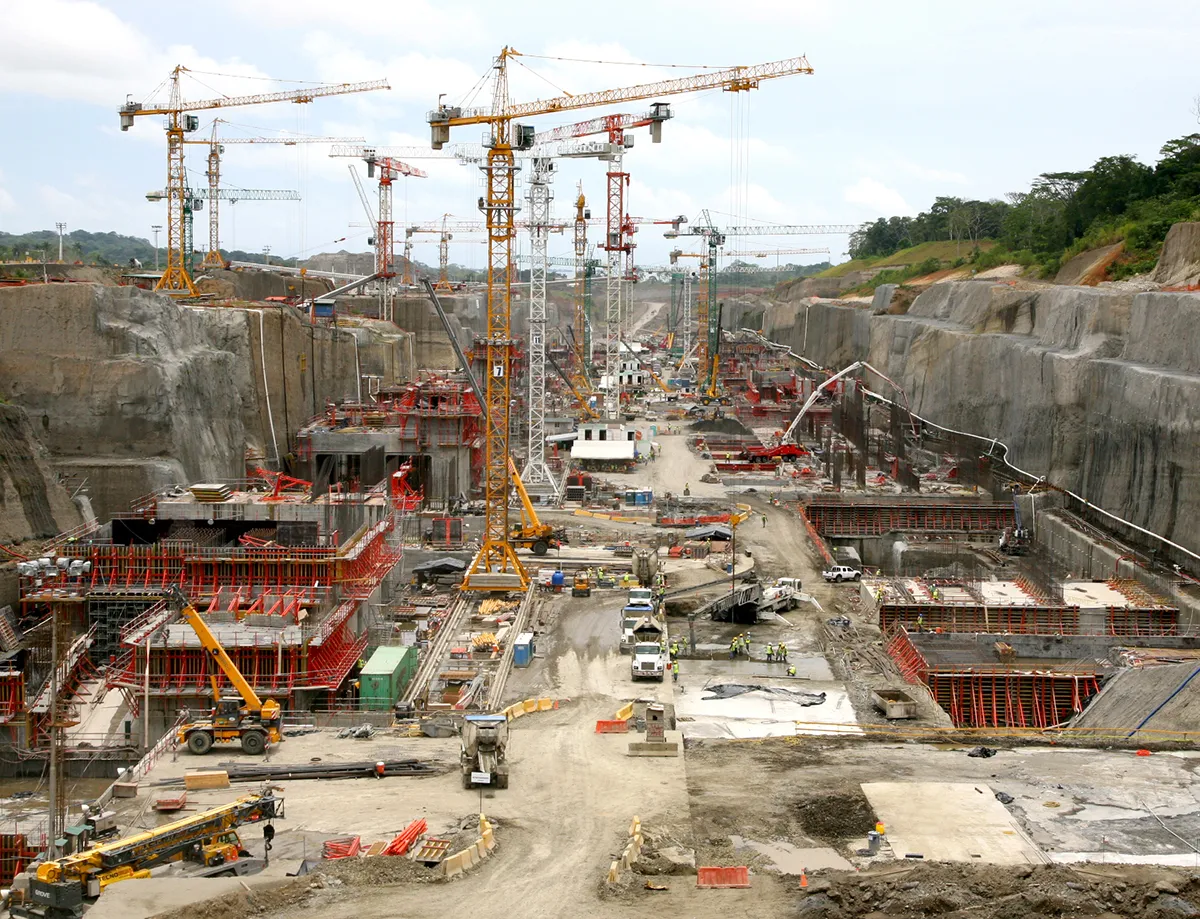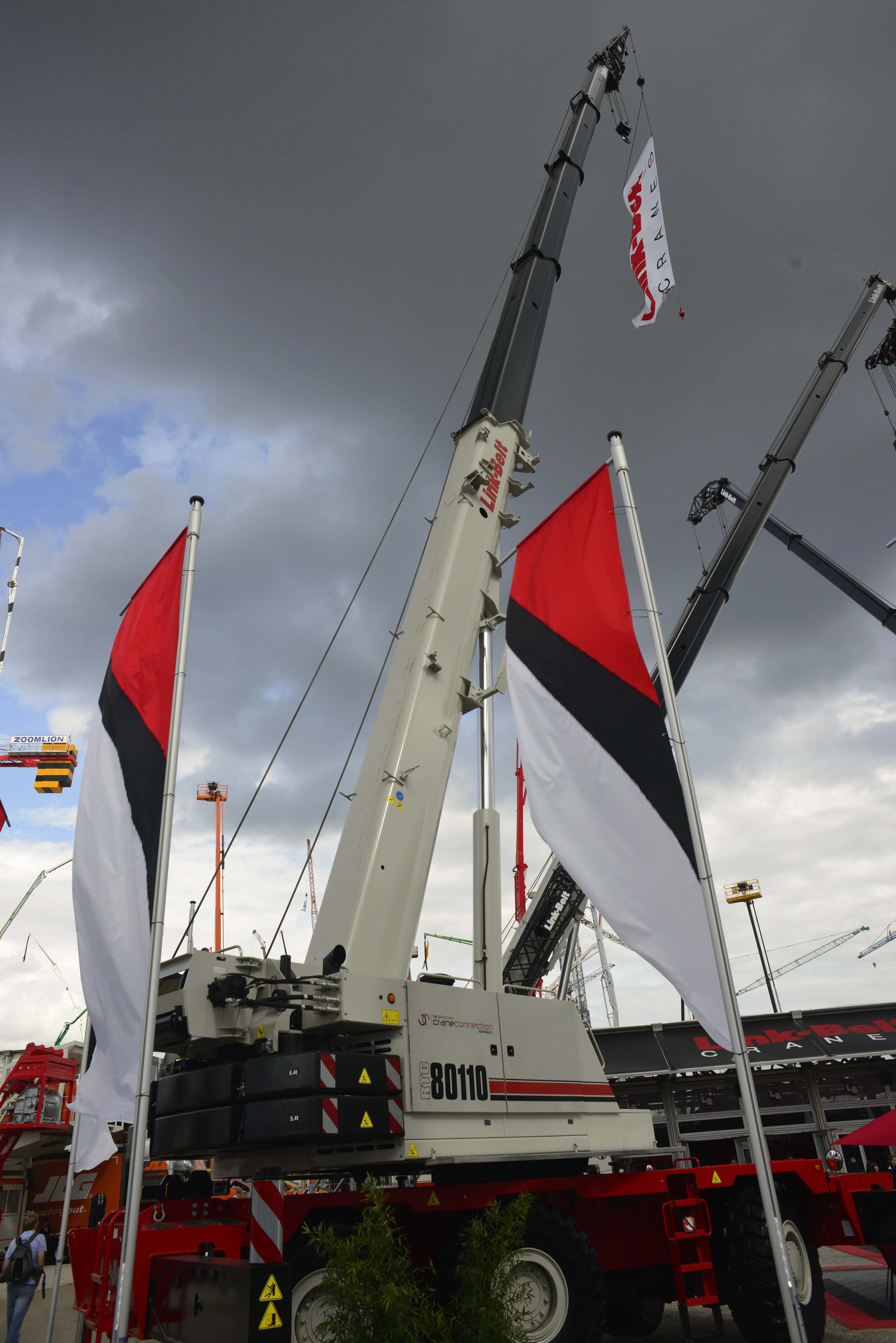Trimble has put its new generation crane collision-avoidance system on show at Conexpo 2014, developed in conjunction with Manitowoc Cranes. The Manitowoc Falcon system combines precision GNSS with collision-avoidance technology to provide real time, centimetre-accurate positioning for multiple cranes working on a construction site.
The solution, which can be seen on Stand N11766 at Conexpo 2014, has been designed to enhance crane operator awareness and improve safety and productivity in the construction
March 3, 2014
Read time: 2 mins

The solution, which can be seen on Stand N11766 at Conexpo 2014, has been designed to enhance crane operator awareness and improve safety and productivity in the construction lifting industry.
The Manitowoc Falcon technology uses precise positioning, wireless communication and complex expert software to transform the way both the crane and the information it generates are managed on a construction site. The system combines a GNSS solution from Trimble with a proven anti-collision system from Manitowoc Cranes.
Rugged GNSS sensors measure the exact co-ordinates of the crane in question to determine precisely where each part of the machine is located. In the cab, the Manitowoc Cranes' display allows the operator to see obstacles and other cranes that are in close proximity in real time. If unplanned or dangerous activity is detected, alarms will sound and tower crane operation can even be halted automatically.
Manitowoc Falcon provides the ability to avoid potential collisions on the construction site say the two manufacturers. Congested jobsites are common throughout the world and developments often feature multiple operations at different stages in the construction process taking place side-by-side.
Contractors have to Deal with numerous cranes and other equipment moving about the site at the same time. Real-time positioning allows all the cranes to stay in their operating zones, which can increase the efficiency and productivity of the construction site says Trimble and Manitowoc.
"Through our collaboration with Manitowoc Cranes, a lifting industry leader, we have co-developed a solution capable of lifting and delivering materials on congested construction sites," says Dale Hermann, general manager of Trimble's Integrated Technologies Division. "Trimble leverages multiple technologies to provide substantial improvements for the productivity and safety of lifting operations."
%$Linker:
%$Linker:








